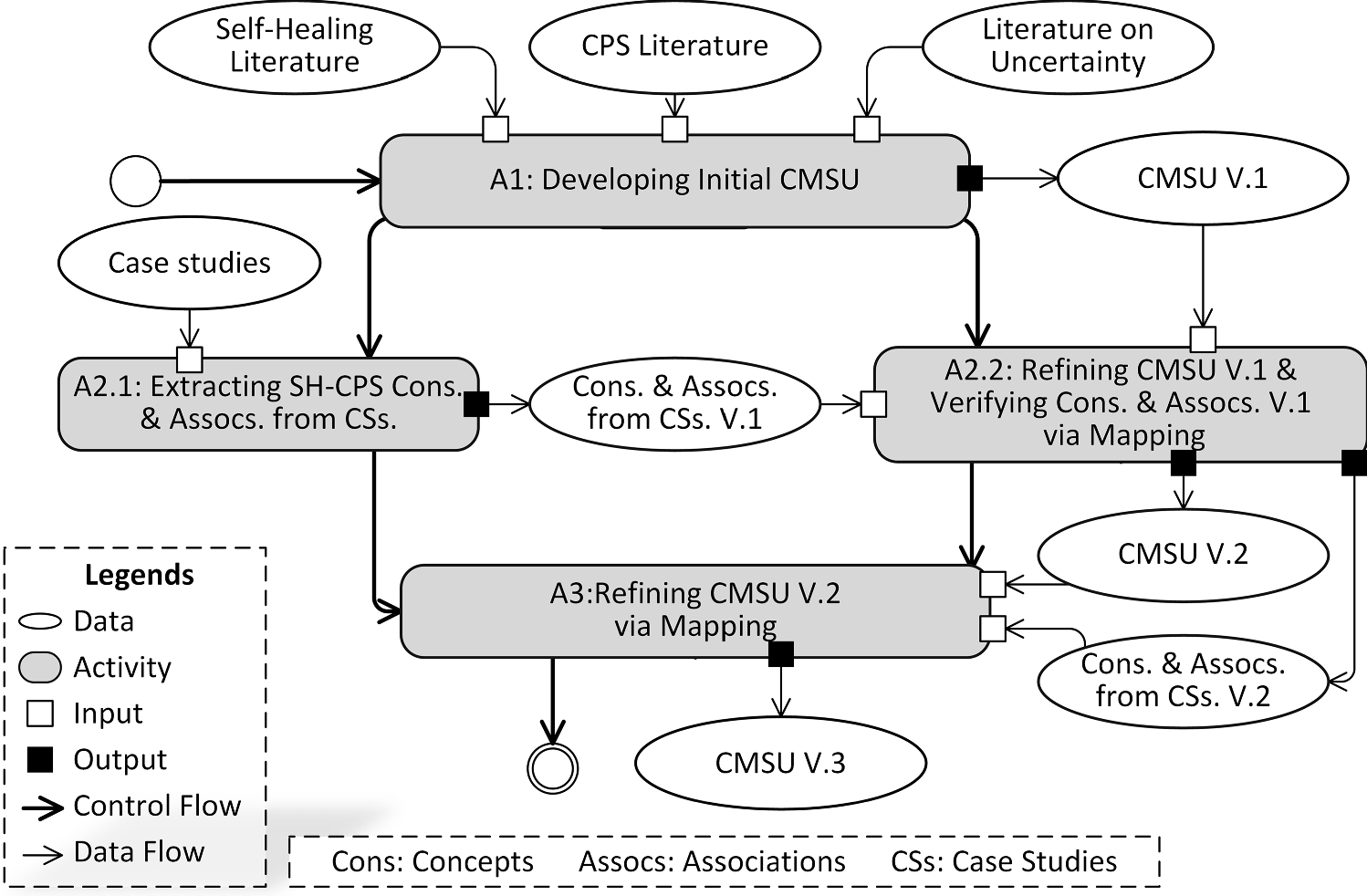Lee Seshia Solution Manual
Lee and Seshia Introduction to Embedded Systems — A Cyber-Physical Systems Approach — Second Edition — MIT Press — 2017 The most visible use of computers and software is processing information for human consumption. The vast majority of computers in use, however, are much less visible. They run the engine, brakes, seatbelts, airbag, and audio system in your car. They digitally encode your voice and construct a radio signal to send it from your cell phone to a base station. They command robots on a factory floor, power generation in a power plant, processes in a chemical plant, and traffic lights in a city. These less visible computers are called embedded systems, and the software they run is called embedded software.
Seshia, Introduction to Embedded Systems: A Cyber-Physical Systems Approach. Independently developed solution • Labs and project are teamwork – Teams of up to 3 students – One report and presentation. Manual (semi)automatic System.
The principal challenges in designing and analyzing embedded systems stem from their interaction with physical processes. This book takes a cyber-physical approach to embedded systems, introducing the engineering concepts underlying embedded systems as a technology and as a subject of study.
The focus is on modeling, design, and analysis of cyber-physical systems, which integrate computation, networking, and physical processes. The second edition offers two new chapters, several new exercises, and other improvements. The book can be used as a textbook at the advanced undergraduate or introductory graduate level and as a professional reference for practicing engineers and computer scientists. Readers should have some familiarity with machine structures, computer programming, basic discrete mathematics and algorithms, and signals and systems. • Other resources: • Lab Book: • Please cite this book as: Edward A. Lee and Sanjit A. 


Seshia,, Second Edition, MIT Press, ISBN 978-0-262-53381-2, 2017. Please send any and all corrections, comments, and suggestions to either or both of the authors below.
Resources for Instructors Instructor Resources Instructor resources for the books below are now available in a shared Box folder (they used to be on this web page, which used to be password protected). To get access to the Box folder, email. Access will only be granted to faculty at bona fide educational institutions. When requesting an account, use your institutional email address (typically a.edu), not a personal address like Gmail or Yahoo. In your account request, please include the URL of your faculty web page at your institution that lists your email address.
Plato and the Nerd • Book: by • Introduction to Embedded Systems • Textbook: by and • • Lecture materials, Solutions, Figures ( To get access, see above) • System Design, Modeling, and Simulation using Ptolemy II • Textbook: edited by Claudius Ptolemaeus. • Solutions Manual ( To get access, see above) • (also from ) Signals and Systems • Textbook: by and • Solutions Manual ( To get access, see above) • Concurrency • Lectures ( To get access, see above) • (local Berkeley course web site) To modify this page, edit ~ptolemy/apache2/ptweb/projects/chess/instructors/index.html on the server.
Download wallpaper bergerak untuk pc. Pernah lihat wallpaper animasi bergerak, misalnya iklan dalam aquarium pada desktop pc/laptop/netbook temen sobat? Di sini saya ingin share beberapa wallpaper animasi bergerak, yaitu aquarium wallpaper / aquarium live wallpaper (wallpaper animasi ikan bergerak didalam aquarium), hujan, dan salju berjatuhan (untuk blog juga ada lho script efek salju:-) baca di: Cara Membuat Efek Salju Di. Download kumpulan wallpaper lucu yang unik dan keren untuk pc. Download wallpaper gerak untuk android one piece. Directory and download service of mobile games and applications by independent developers.